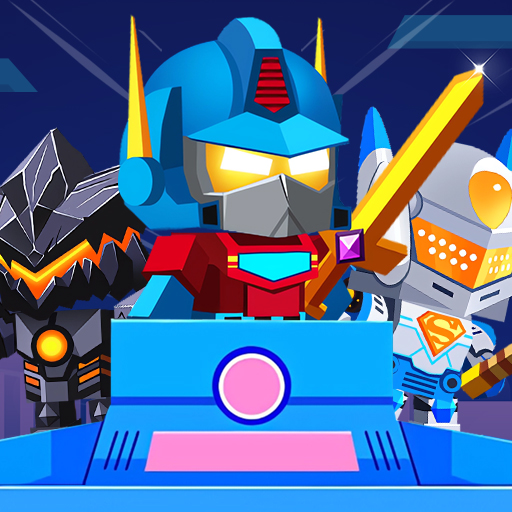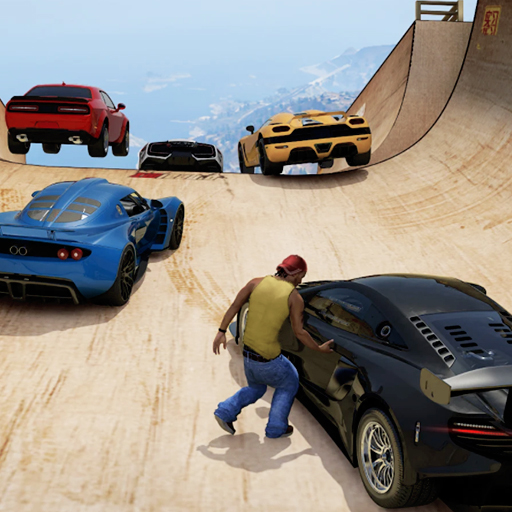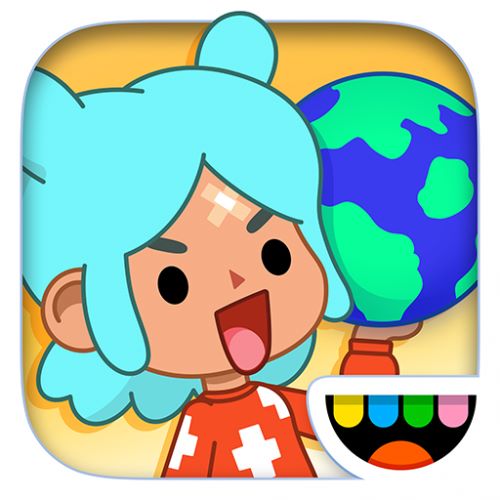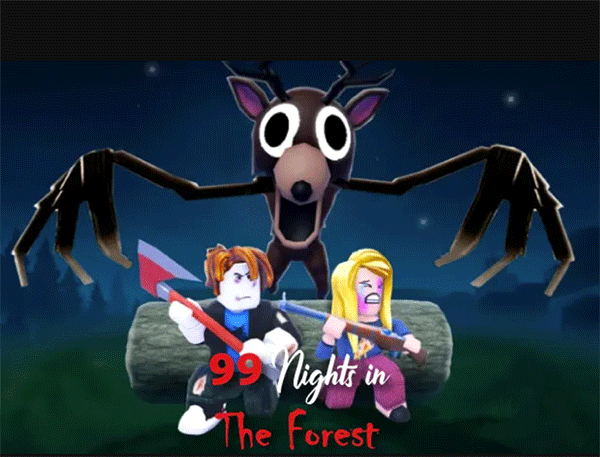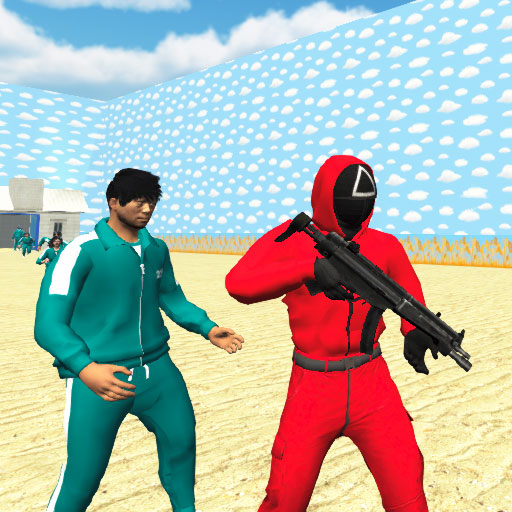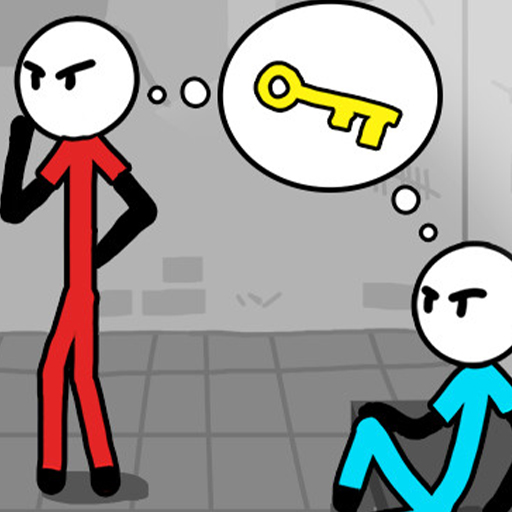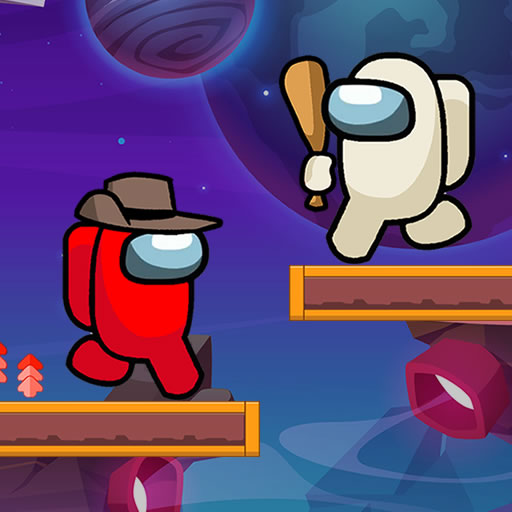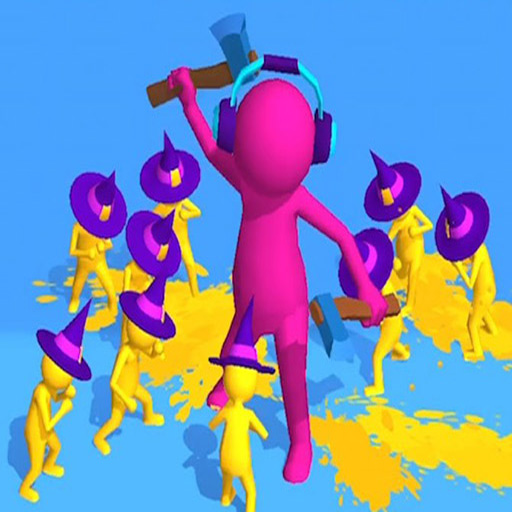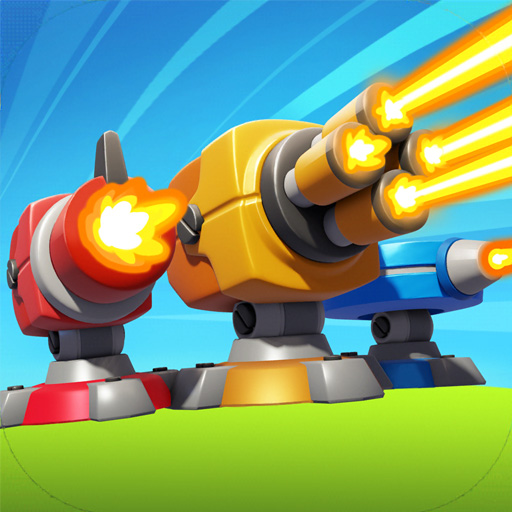
Fortnite
All trademarks belong to their respective owners.
Popular Now
Since its debut in 2017, Fortnite has evolved from a cooperative survival game into one of the most innovative and influential platforms in the gaming world. Developed by Epic Games, Fortnite helped define the battle royale genre, but its impact goes far beyond competitive shooting. With seasonal updates, live events, creative tools, and global partnerships, Fortnite is now a virtual entertainment ecosystem that spans across age groups and play styles.
In this review, we’ll explore Fortnite’s evolution, gameplay systems, creative possibilities, monetization model, cultural significance, and future potential in 2025.
1. From "Save the World" to Global Phenomenon
Fortnite originally launched as a PvE base-building game called Save the World, where players defended objectives from waves of enemies using crafted weapons and traps. While moderately successful, the game reached global popularity when Fortnite Battle Royale was released in late 2017.
The Battle Royale Shift
- Inspired by PUBG, Fortnite introduced a free-to-play, 100-player mode with its own colorful twist: building mechanics.
- Fast-paced gameplay, accessible graphics, and availability on multiple platforms helped Fortnite attract tens of millions of players within months.
2. Core Gameplay: Building and Shooting
Fortnite stands apart from other battle royales due to its unique building system, which adds verticality and strategy to every match.
Key Gameplay Elements:
Gather resources (wood, stone, metal) by harvesting the environment.
Build structures (walls, ramps, floors) on the fly for defense or movement.
Loot weapons with rarity-based power scaling—ranging from pistols and snipers to exotic or mythic items.
This blend of shooter mechanics and creative freedom makes Fortnite accessible for beginners while offering depth for skilled players.
3. Creative Mode and Zero Build: Expanding the Audience
Fortnite now includes multiple core experiences that go far beyond the traditional battle royale.
Creative Mode
Players design custom maps, game modes, and mini-games using Fortnite Creative tools.
From obstacle courses to social hangouts and RPG-style experiences, Creative Mode empowers users to shape their own virtual spaces.
Zero Build Mode
Introduced in 2022, this mode removes the building mechanic entirely, offering a classic shooter experience.
Ideal for newcomers or competitive players focused on gunplay rather than structure-building.
4. Live Events and Seasonal Content
One of Fortnite’s biggest strengths is its seasonal model, which combines story progression, cosmetic rewards, and community engagement.
Battle Pass System
Seasonal Battle Passes offer unlockable rewards including skins, emotes, V-Bucks, and loading screens.
Encourages consistent play and provides a non-intrusive monetization system.
Iconic Live Events
Travis Scott Concert (2020) — 12.3 million concurrent players.
Chapter-ending events featuring cinematic storytelling.
Collaborations with franchises like Marvel, Star Wars, Dragon Ball, and Attack on Titan have redefined what's possible in interactive media.
5. Graphics, Sound, and Cross-Platform Performance
Visual Identity
Fortnite's cartoonish art style helps it appeal to a broad audience and age well over time.
Frequent graphical updates ensure the game remains fresh without requiring high-end hardware.
Audio and Engine
Directional sound cues, licensed music, and emote audio enhance the immersion.
Built on Unreal Engine, Fortnite supports smooth performance on:
PC (low to ultra settings)
PlayStation and Xbox (past and current gen)
Android (via cloud streaming)
Select VR and mobile platforms
6. Monetization: Fair and Cosmetic-Only
Fortnite’s success is closely tied to its free-to-play model supported by cosmetic purchases.
V-Bucks Economy
Players use V-Bucks to buy:
Skins, pickaxes, gliders
Emotes and wraps
Battle Pass upgrades
No pay-to-win elements—all purchases are cosmetic.
Limited-Time Bundles
Collaborations often feature exclusive bundles available for real-world currency or V-Bucks.
Epic Games is careful to maintain balance in competitive modes regardless of cosmetics.
7. Cultural Reach and Collaborations
Fortnite has become a cultural phenomenon, integrating global brands, artists, and franchises.
Notable Collaborations:
Marvel: Iron Man, Spider-Man, Thanos
Star Wars: Lightsabers, Darth Vader, The Mandalorian
Anime: Naruto, Goku, Eren Yeager
Music: Travis Scott, Ariana Grande, Eminem
These partnerships add more than just skins—they introduce themed challenges, limited-time game modes, and sometimes even reshape the map.
8. Competitive Scene and Esports
Fortnite is home to one of the most accessible esports ecosystems.
Major Events:
Fortnite World Cup (2019): $30 million prize pool.
FNCS (Fortnite Champion Series): Regular seasonal tournaments.
Zero Build Tournaments: Focus on aim and positioning over build mechanics.
Pro Player Community
Streamers like Bugha, Clix, and Mongraal have built massive audiences.
Platforms like Twitch and YouTube are central to the game's competitive and creative scenes.
9. Community, Safety, and Player Experience
Fortnite’s player base is diverse, including kids, teens, adults, and content creators.
Community Engagement
Millions of custom maps and creative experiences are shared daily.
Events like Creative Jams and build contests encourage innovation.
Safety Tools
Parental controls for account restrictions.
In-game reporting and voice moderation tools.
Ongoing improvements to protect younger audiences and manage screen time concerns.
10. The Future of Fortnite: UEFN and the Metaverse Vision
Fortnite is no longer just a game—it’s an evolving creative platform.
Unreal Editor for Fortnite (UEFN)
Released in 2023, UEFN allows developers to build advanced experiences using Unreal Engine inside Fortnite.
Users can now create RPGs, shooters, or social hubs with professional tools.
Toward a Metaverse Future
Epic Games envisions Fortnite as a metaverse-style platform, combining:
Gaming
Social interaction
Digital commerce
Live entertainment
As more brands and creators enter Fortnite’s world, the platform is becoming a next-generation digital playground.
Final Verdict: Why Fortnite Still Matters in 2025
With its accessible gameplay, vibrant visuals, regular updates, and creator-driven evolution, Fortnite remains a leader in online multiplayer entertainment.
Whether you're a competitive player, a casual gamer, a parent, or a content creator, Fortnite offers tools and experiences that go far beyond the typical shooter. As it continues to grow into a platform for creation, learning, and global events, Fortnite proves that it’s here to stay.
